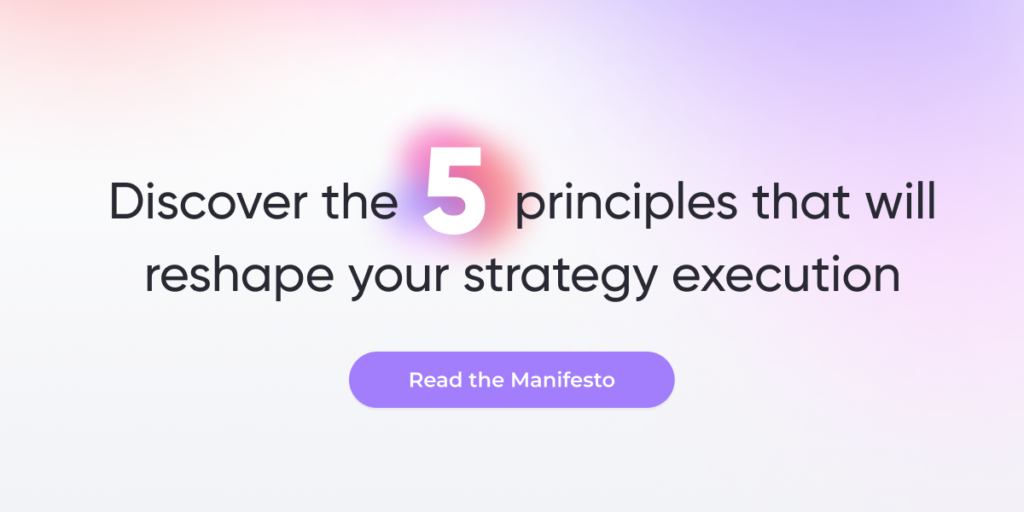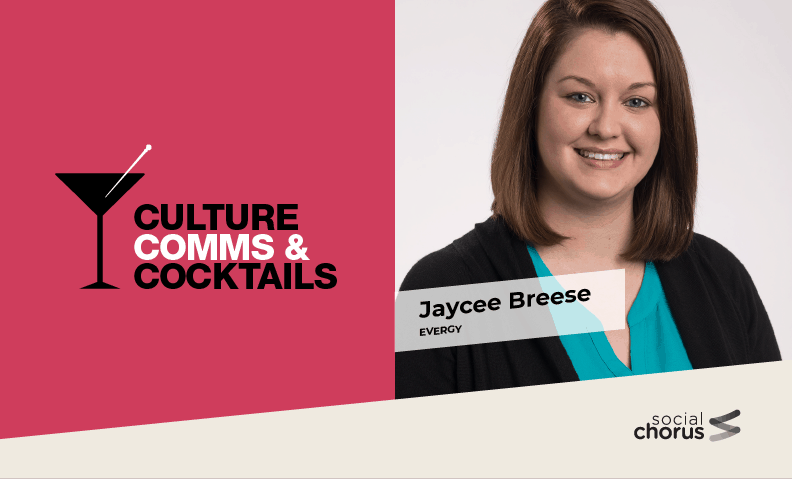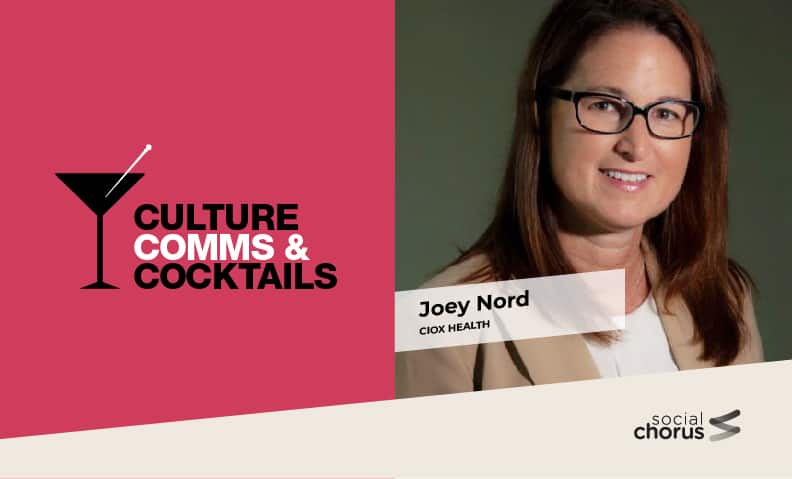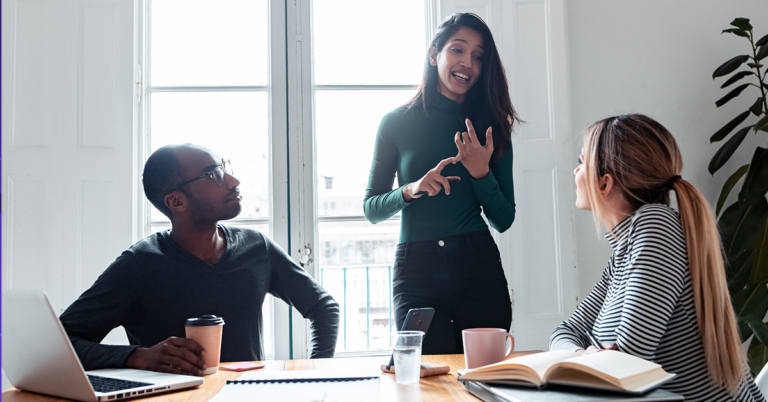Dear Firstup: Our company is undergoing a merger, and our workforce will soon double in size. How do we help our employees with these new changes?
The truism “change is the only constant” seems like it should have been coined in the 21st century rather than back in ancient Greece. Because let’s face it: this era is full of rapid-fire changes. Each day it seems like a brand-new smartphone is already obsolete. The news cycle never rests, and the relevancy of a meme has a shorter shelf-life than an open container of yogurt. And that’s just outside the office.
Why change is inevitable
Companies today operate in a perpetual state of major change. According to Gartner, organizations underwent, on average, five enterprise changes in the past three years. On top of that, 75% of them expect even more change initiatives in the next few upcoming years. Yet many organizations fail to implement change effectively. In fact, only a third of change efforts are successful; 16% have mixed results, and half of them fail. 54% of HR leaders surveyed by Gartner reported that their employees are suffering from change fatigue.
Even though we know that the winds of change are continuously blowing, we as humans—and especially as employees—don’t tend to like change much.
If you take a moment to recall the last time you were notified that major organizational changes were headed your way, you’ll probably also recall the uncertainty you felt: was this change going to bring some unwelcome surprises? Were you going to have to move? Would there be layoffs? Is the company going to a hybrid workforce model? Or perhaps your workforce will double in size. We all wonder: what does this mean for me?!
Unsurprisingly, those feelings and questions don’t always make for increased employee engagement or performance. In fact, a lack of communication around change can lead to an increase in fear, uncertainty, and anxiety among your workforce. On the other hand, when people understand the purpose of change and can get a clear picture of the future, you can help them form positive opinions of the future and their own role within it.
Enter the too-often unsung heroes of organizational change: internal communications teams. Far too frequently, internal communications is dismissed as not playing much of a role in the big changes that roll through companies, and “communication” is seen as simply passing along news from management or other areas of the business.
But we know that’s short-sighted and far from the truth. Communication is critical to any change management initiative, and it should play a major role in shaping and driving strategy.
In fact, when communication channels are open during times of organizational change, upheaval and chaos give way to success, trust, and confidence. Because here all great leaders understand: managing change is all about managing people’s expectations and their access to information about change.

Impact of change on an organization
There are a few key steps to take toward making sure that employees feel secure rather than adrift during times of change. The most important is clear and simple: employees need to be given access to information. The second most valuable step? Utilize change management communication tools that allow employees to access further information while keeping confidence levels high. Because you must be clear to everyone how the proposed change will be a change for the better.
Change management tools
Business leaders need to engage employees through personalized communication journeys. Today’s workforce is diverse, mobile, and distributed; and it spans generations. Companies need to reach these workers on the channels they prefer and with targeted communication campaigns that are relevant to them.
The key is to tailor your omni-channel approach with a workforce communications platform that integrates all your HR systems with effective comms channels for each employee segment. In this way, the platform will become your system of record for internal communications. Here’s a breakdown of how you might optimize your experience using a workforce communications platform.
- First, study your employees to know how they consume content.
- Form employee audience segments according to relevancy, such as geography, title, role, etc.
- Set a strategy to align with organizational goals and objectives.
- Create automated campaigns to reach these segments with relevant and timely content without overburdening workers with irrelevant communications.
- Examine the data your campaigns and initiatives have generated so you can measure the impact of communications to understand what’s working and what’s not.
- Iterate as you learn from measuring your comms.
A workforce communications platform combined with a communications strategy offers transparency, a sense of camaraderie, and the sense that every employee’s voice is being heard. But to be truly effective, this employee experience also has to be coupled with strong company culture. Clear, informative communications can create a supportive atmosphere and boost morale (and performance).
So while facing change on a continuous basis can be difficult—especially when it takes the form of organizational change—change management leaders can harness the open dialogue made possible by workforce communications platforms to create a culture of communication and trust.
Strategies for change
Here are three companies that faced their own organizational changes and found success by putting their employees first. Each company used a workforce communications platform to facilitate and manage change. They crafted internal communications strategies that informed, engaged, and aligned workers so they understood the change initiatives, why they were important, how it mattered to them, and what the organization would do to support workers going forward.
Evergy
Evergy is a publicly-traded, regulated utility company based in Kansas and the largest provider of energy for the state. The company serves 700,000 customers and has more than 5,000 employees, 35% of whom work out in the field. “Our job as internal communicators is to take a shared vision and bring these groups together, these workforces together, and give them our vision and share the thoughts of the company and how we need to represent ourselves as one whole,” says Jaycee Breese, internal communications manager at Evergy.
A merger with Kansas City Power and Light and Westar Energy formed Evergy, and the newly formed company needed to not only connect to its hard-to-reach employees, but also had to scale communications to reach a workforce that had doubled once the merger was completed. Their success was dependent on meeting these challenges:
- Reaching employees on their own terms. Evergy has a very distributed workforce, with linemen out in the field, engineers who are always on the go, and a younger generation of new employees who want to be communicated with differently than older workers.
- Keeping the balance of communicating with energy regulators and employees.
- Putting employees, company culture, and a shared vision first on how they should present themselves as a whole company.
“Firstup is … a new tool that engages people in a time of ambiguity, and provides them with some clarity and with some information to help them bring these companies together and have a successful merger,” says Jana Dawson, director of corporate communications at Evergy.

Ciox Health
Ciox is a healthcare information management company that is in three out of five hospitals and more than 16,000 physician practices. It was formed from a merger of HealthPort, IOD Inc., Care Communications Inc., and ECS, and serves more than 18,000 provider sites, 140 health plans and one million unique requesters of patient information. And their employees work with highly sensitive healthcare data, including more than three billion clinical data transactions a year.
“We had a lot of employees who came together through acquisition, and a lot of employees were [embedded] amidst the customer hospitals, not at a Ciox location,” says Joey Nord, director of corporate communications and PR. “Some of them didn’t even have Ciox email addresses at the time and weren’t really receiving all the communications. And the ones who were receiving them, were just being bombarded with a slew of emails.”
Strategies that worked for the company’s change management initiative included the following.
- Leveraging a new company app, powered by Firstup, to connect a large, dispersed workforce embedded within the hospitals rather than headquarters, instead of bombarding employees with emails.
- Measuring the impact of internal communications to understand what content is resonating with employees.
- Personalized and targeted messages to reach workers with only relevant and timely information.

AccentCare
In the past six years, AccentCare has doubled in size organically, and through several acquisitions, has grown from about 12,000 employees to 25,000 employees. The company found success in first understanding its new employee audience, and by blending comms that drive business results and motivate employees.
“As communicators, it’s our role to work with all the different stakeholders to take the information that new employees need, simplify it, and give them snackable pieces of information that are not only going to help them be successful [with AccentCare], but that are also going to help them understand the culture,” said Lindsay Williams, director of digital communications at AccentCare.
AccentCare’s leaders realized that they had to understand their employees’ uncertainty and unease regarding the change. To help workers process the change, they:
- Worked with different stakeholders to craft the best internal messaging, so they wouldn’t overwhelm employees.
- Simplified the information for new employees in snackable pieces of information that would lead to their success.
- Published executive communications, especially video, to give workers the transparency, trust, and authenticity they craved.
During any organizational change, making sure that employees feel secure, protected, and “in the loop” is important to keep employee engagement up and making the employee experience a good one. The availability of pertinent information is the key differentiator in how a workforce responds when dealing with change. Employees need to understand what is happening, why it’s happening, and when it’s happening. The workforce communication plan from Firstup can help; let us show you how.











